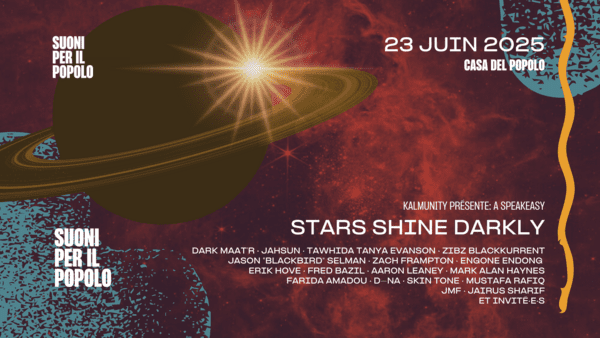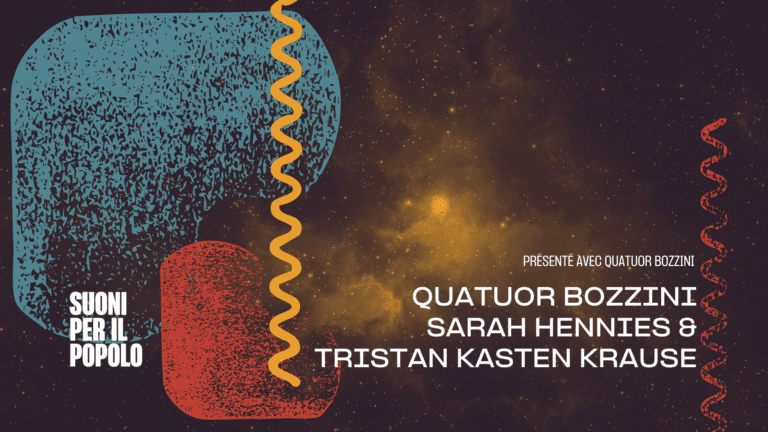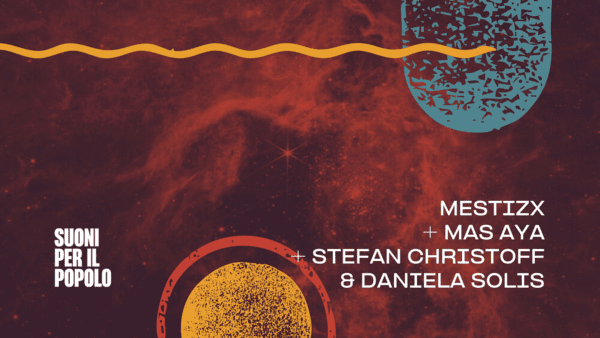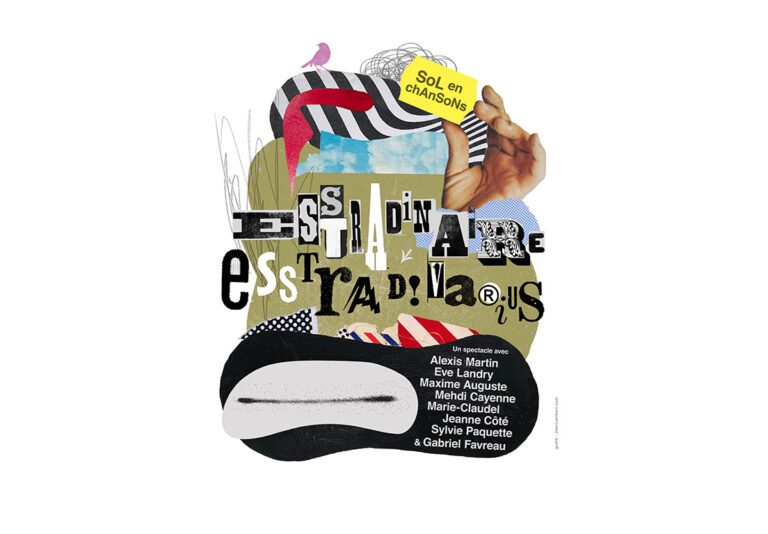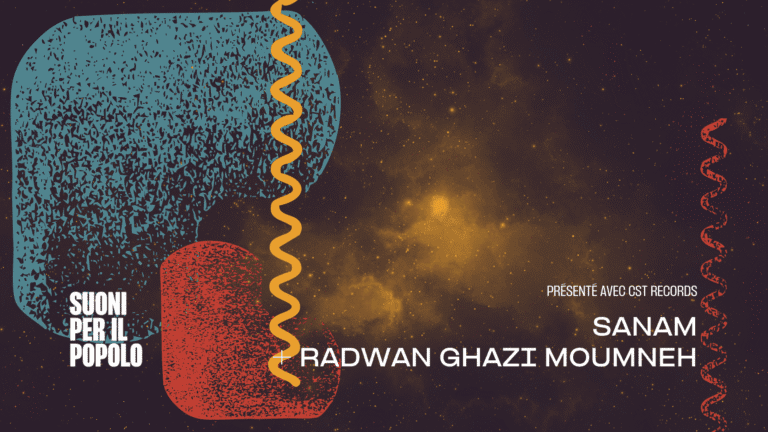STARS SHINE DARKLY, un Speakeasy de performances expérimentales en solo, duos et trios. Avec un set spécial de Dark Maat’r et des membres originaux du Kalmunity Collective. Une nuit de grooves profonds, de poésie puissante et d’improvisation en direct pour célébrer les 25 ans du festival de musique Suoni per il Popolo. Avec les poètes Tawhida Tanya Evanson, Zibz BlacKurrent, D-na et Jason « Blackbird » Selman, Zach Frampton, Engone Endong, Erik Hove, Fred Bazil, skintone et Mark Alan Haynes, Jashun, Aaron Leaney, Farida Amadou, JMF, Jarius Sharif, Mustafa Rafiq, et Mark Alan Haynes. Cette session intime mélange la soul cosmique, le jazz et la parole sous la direction du fondateur Jahsun, avec des talents invités par Suoni pour compléter l’expérience.
STARS SHINE DARKLY, a Speakeasy of curated solo, duos & trios experimental performances. Featuring a special set with Dark Maat’r and original members of the Kalmunity Collective. A night of deep grooves, powerful poetry, & live improvisation celebrating 25 years of the Suoni per il Popolo Music Festival. With Jashun, Tawhida Tanya Evanson, Zibz BlacKurrent, D-na and Jason “Blackbird” Selman, Zach Frampton, Engone Endong, Erik Hove, Fred Bazil, Aaron Leaney, Farida Amadou, skin tone, JMF, Jarius Sharif, Mustafa Rafiq and Mark Alan Haynes. This intimate session blends cosmic soul, jazz, and word under the direction of founder Jahsun, with special Suoni guests rounding out the experience.
POUR ACHETER VOTRE BILLET, C’EST ICI!
Ce contenu provient de Suoni per il Popolo et est adapté par PAN M 360
